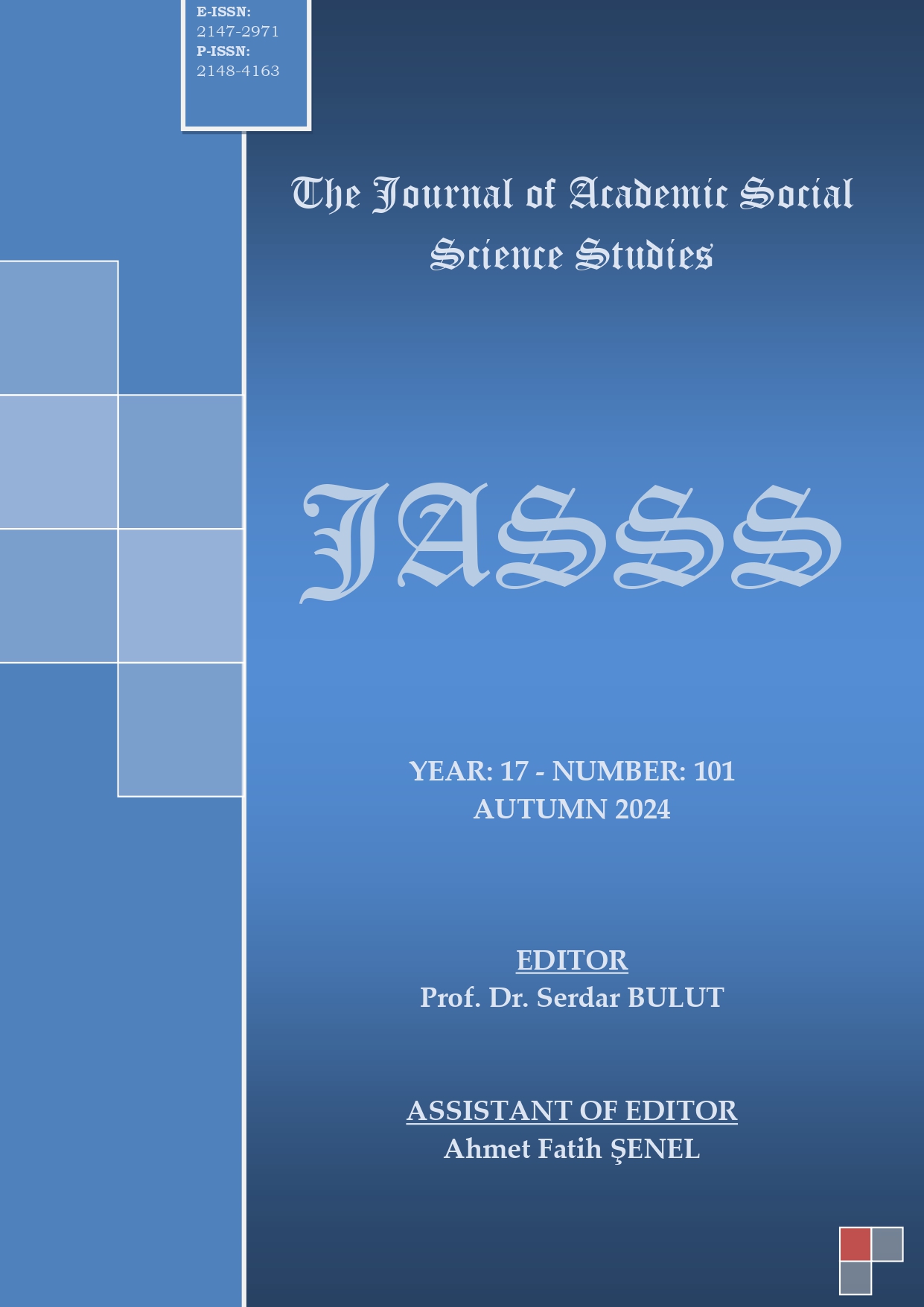Author :
Abstract
Asıl adı Ebû Bişr Amr b. Osman b. Kanber olan Sîbeveyh, hicrî 180 yılında memleketi Şiraz’da vefat etmiştir. Meşhur dilci Halil b. Ahmed’in öğrencisi olan müellif, tıpkı hocası gibi Basra dil ekolünün en önemli temsilcileri arasındadır. Hayatı boyunca kaleme aldığı tek eser olan el-Kitâb, Arap dili alanında yazılan ve günümüze ulaşan en eski metindir. Eser, Arap dilini temellendirmeye yönelik bir amaçla kaleme alınsa da İslâmî İlimlerin farklı disiplinlerini ilgilendiren önemli atıflar ihtiva etmektedir. Zira İslâmî ilimler, zamanla branşlaşma sürecine girse de temel referansları itibariyle birbirini destekler mahiyettedir. Pek çok disiplinle iç içe olan bu ilim dallarından biri de Kur’an’ın çeşitli yönlerini sistematik olarak inceleyen ulûmü’l-Kur’an’dır. Bu bağlamda, özellikle dil-tefsir ilişkisi dikkate alındığında Sîbeveyh’in Kur’an ayetlerini referans göstererek yaptığı bazı değerlendirmeler, tefsirin alt dalı konumunda bulunan bazı ulûmü’l-Kur’an meselelerine dayanak teşkil edebilecek niteliktedir. Elbette Sîbeveyh, eserinin formatı gereği pek çok meseleyi, kelimelerin nahvî konumunu tespit bağlamında ele almıştır. Diğer bir ifadeyle el-Kitâb’ın içeriğini ulûmü’l-Kur’an’ın teorik tartışmalarından bağımsız olarak oluşturmuştur. Bu sebeple onun, Kur’an’ı anlamak isteyenlere klasik anlamda sistematik bilgiler sunması veya bu konuda herhangi bir yöntem önermesi beklenemez. Ancak Sîbeveyh’in dört yüze yakın Kur’an ayetini çeşitli bağlamlarda delil olarak kullanması, onun bu ayetleri hangi bağlamda ele aldığı ve ayetlere yaklaşım tarzının Kur’an’ı anlamaya ne gibi katkı sağladığı konusunda bir inceleme zemini oluşturmaktadır. Bu çerçeve müellifin ele aldığı bazı dilsel tahliller, “garîbü’l-Kur’an”, “Nesih”, “Aksâmü’l-Kur’an”, “Hurûf-i Mukattaa”, “Mecâzü’l-Kur’an”, “Vücûh ve Nezâir” gibi ulûmü’l-Kur’an’ın alt başlığı konumunda bulunan meselenin gelişim sürecine katkı sağlamıştır. Hatta Kur’an’ın dilsel özelliklerinin ve yapısının incelendiği meseleler bağlamında bazı teknik terimleri kullanan ilk kişi olduğu kabul edilmektedir.
Keywords
Abstract
Sībawayh, whose real name was Abū Bishr 'Amr b. 'Uthman b. Kanber, died in his hometown of Shiraz in 180 AH. The author, who was a student of the famous linguist Khalil b. Ahmad, is among the most important representatives of the Basra linguistic school, just like his teacher. Al-Kitāb, the only work he wrote during his lifetime, is the oldest extant text in the Arabic language. Although the work was written with the aim of grounding the Arabic language, it contains important references to different disciplines of Islamic sciences. This is because Islamic sciences support each other in terms of their basic references, even though they have undergone a process of branching over time. One of these branches of science, which is intertwined with many disciplines, is 'ulūm al-Qur'an, which systematically examines various aspects of the Qur'an. In this context, especially when the relationship between language and exegesis is taken into account, some of al-Sībawayh's evaluations by referring to Qur'anic verses can constitute a basis for some of the issues of ulūm al-Qur'an, which is a sub-branch of tafsīr. Of course, due to the format of his work, al-Sībawayh dealt with many issues in the context of determining the grammatical position of words. In other words, he formed the content of al-Kitāb independently from the theoretical discussions of 'ulūm al-Qur'an. For this reason, he cannot be expected to provide systematic information in the classical sense to those who want to understand the Qur'an or to propose any method in this regard. However, Sībawayh's use of nearly four hundred Qurʾānic verses as evidence in various contexts constitutes a basis for an examination of the context in which he handled these verses and how his approach to them contributed to understanding the Qurʾān. In this framework, some of the linguistic analyses that the author deals with have contributed to the development process of issues such as Gharîb al-Qur'an, Naskh, Aksām al-Qur’an, Hurūf al-Muqattaa, Majāz al-Qur'an, Vujuh and Nazhair, which are the sub-headings of ulūm al-Qur'an. In fact, he is considered to be the first person to use some technical terms in the context of issues that examine the linguistic features and structure of the Qur'an.





